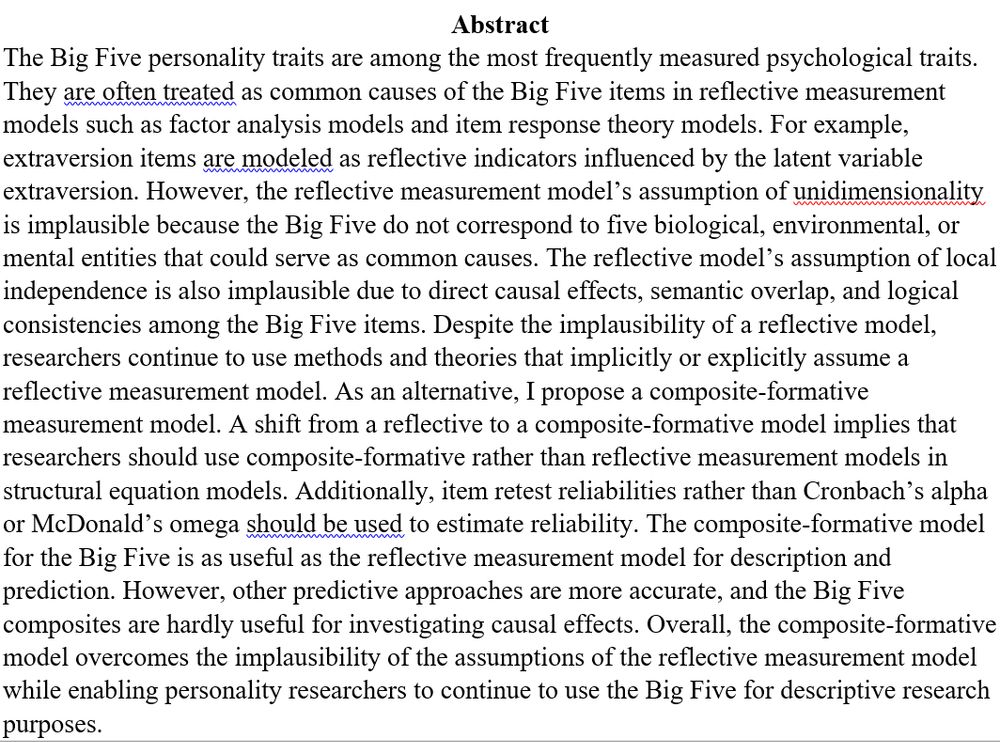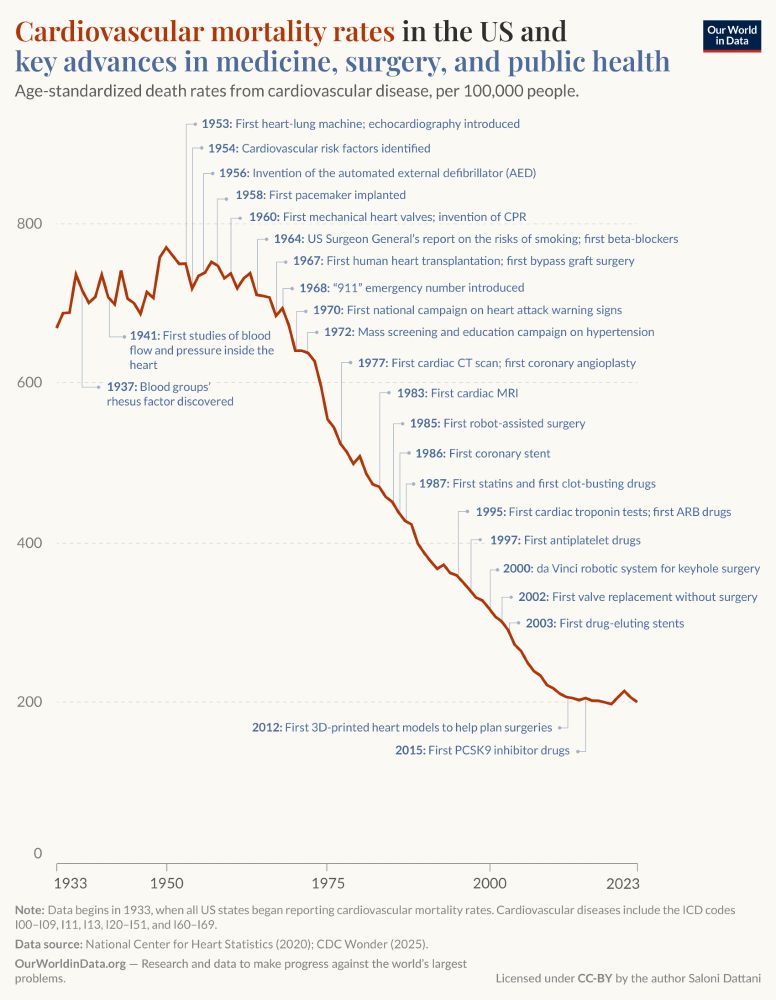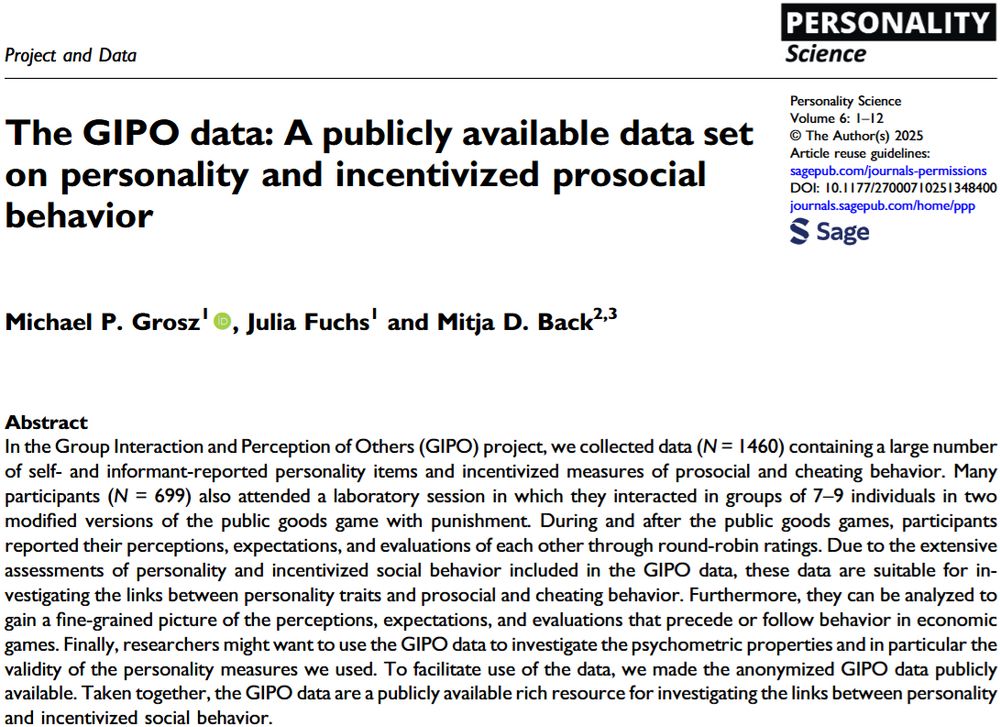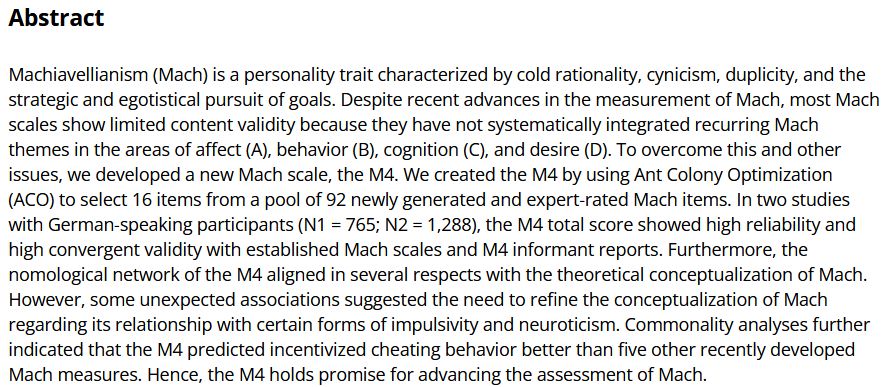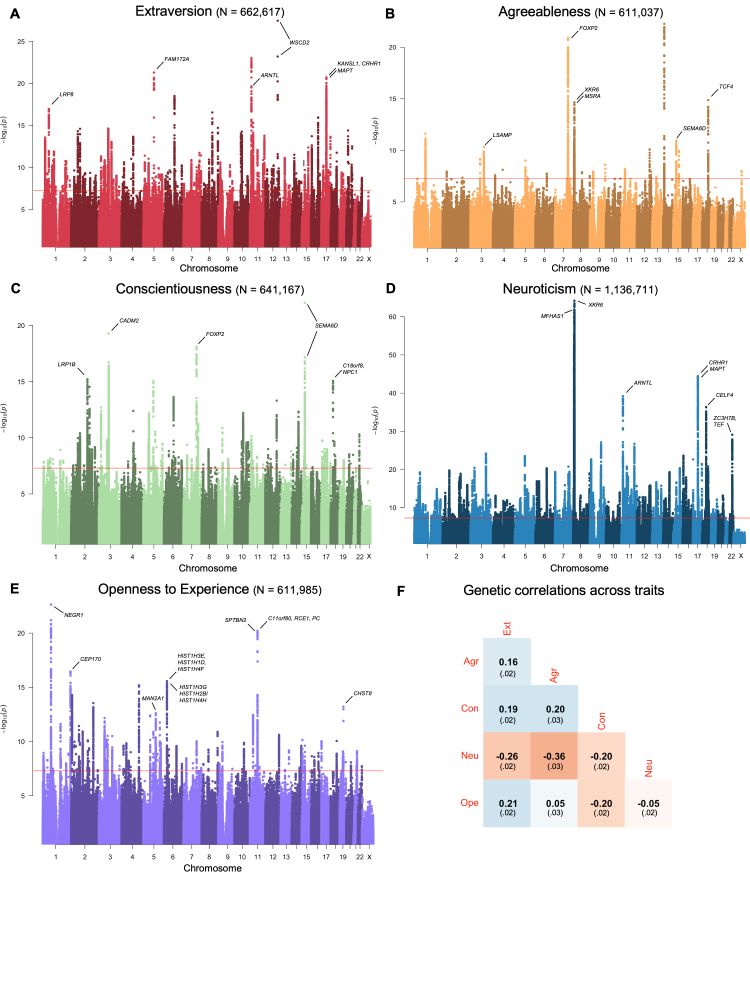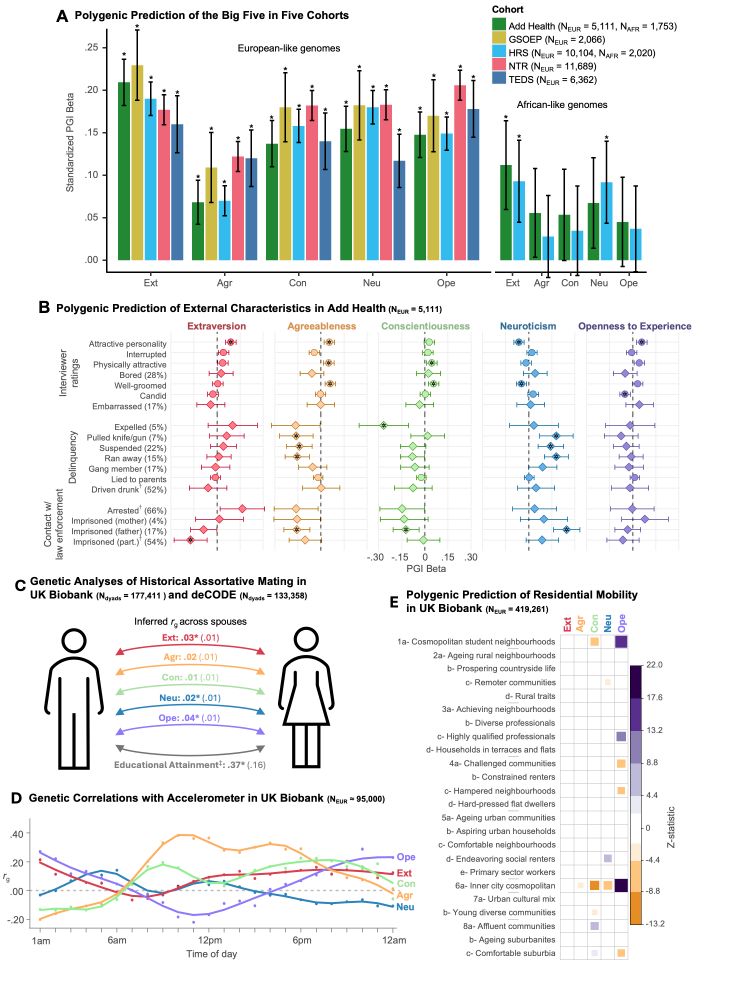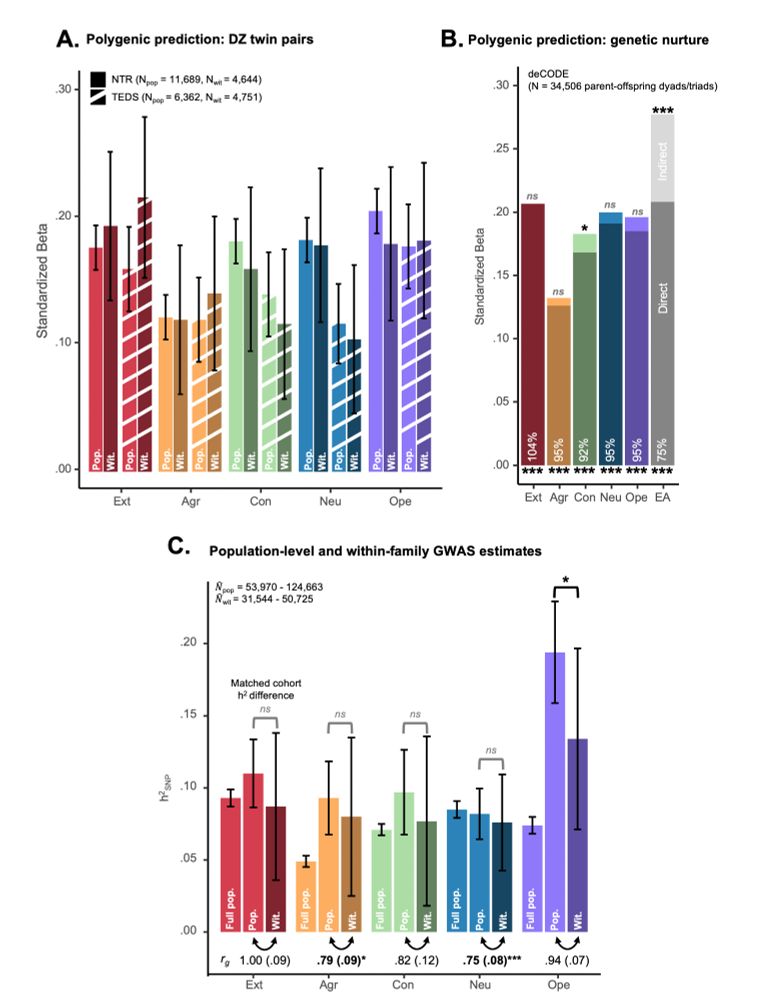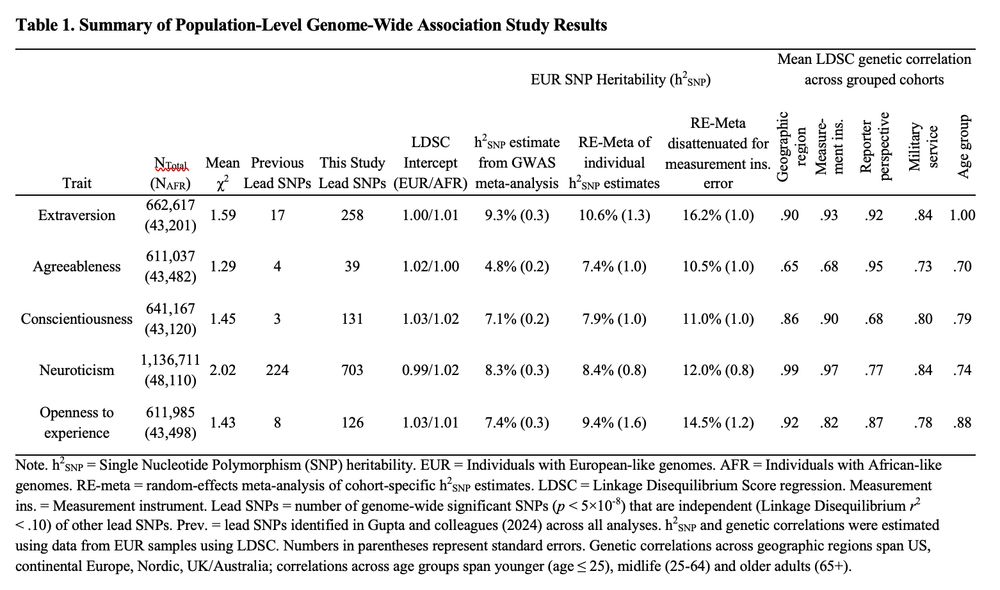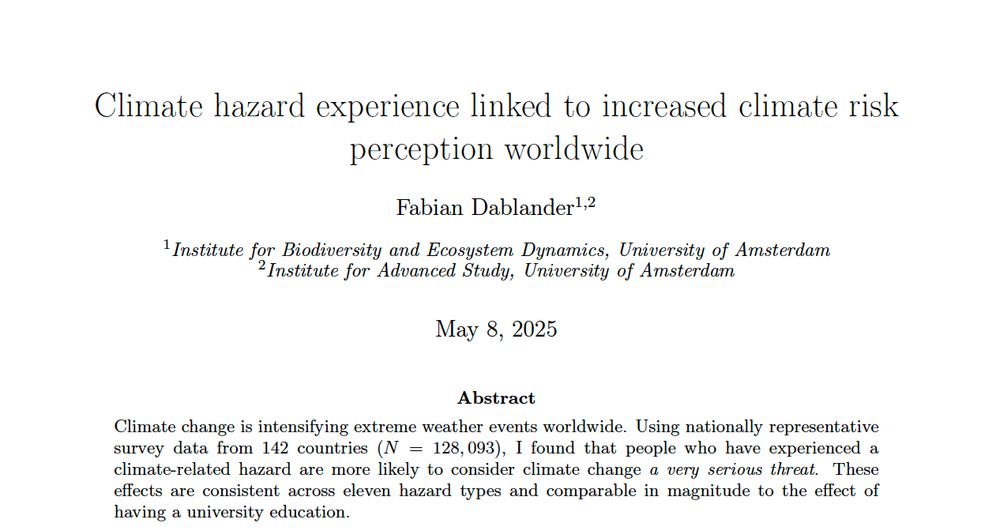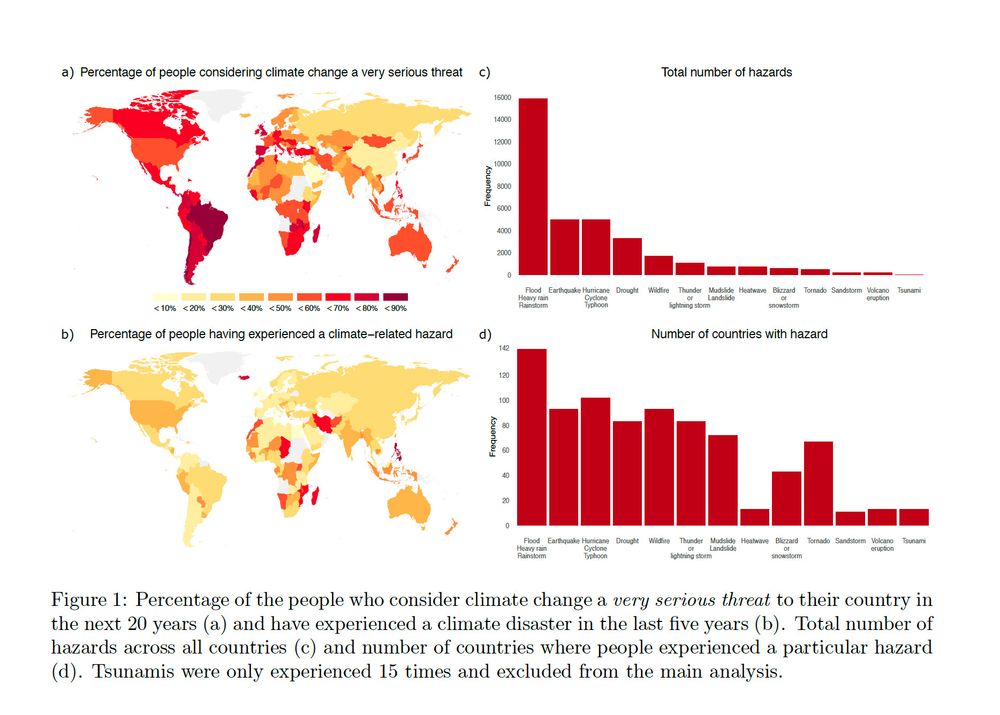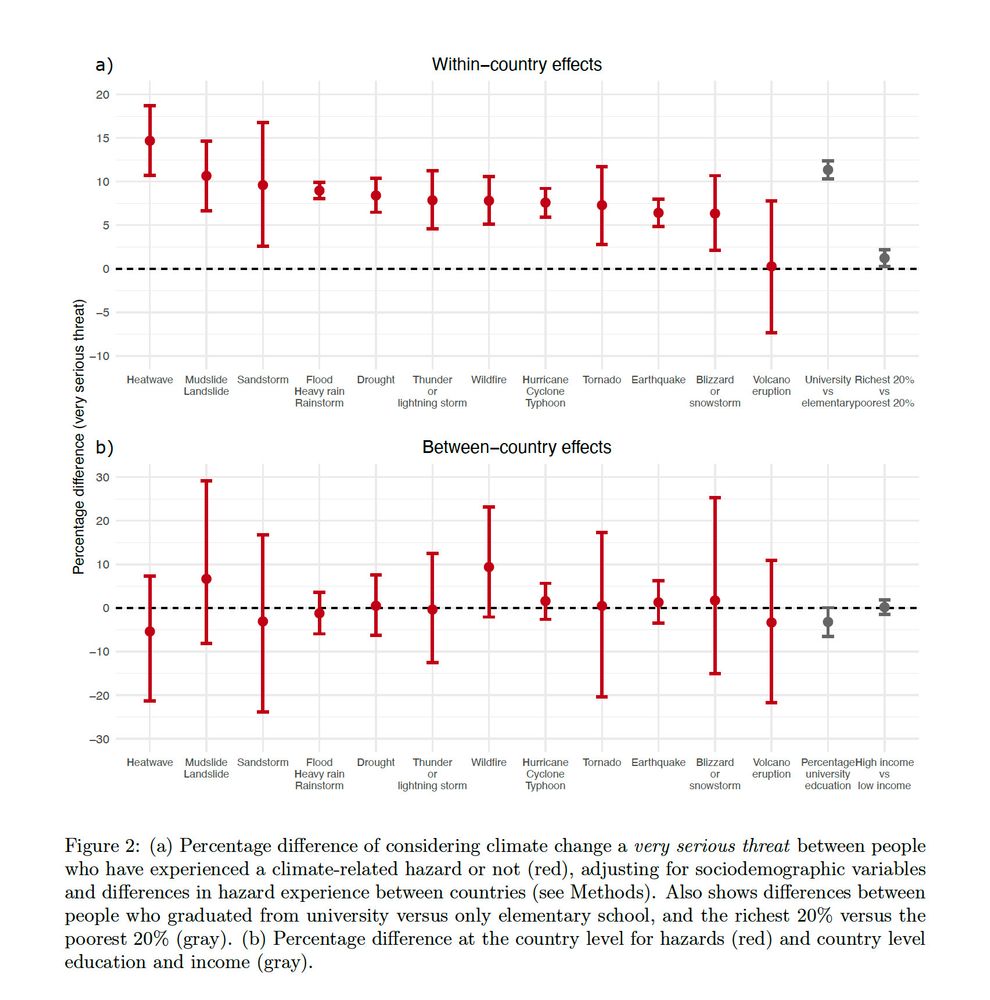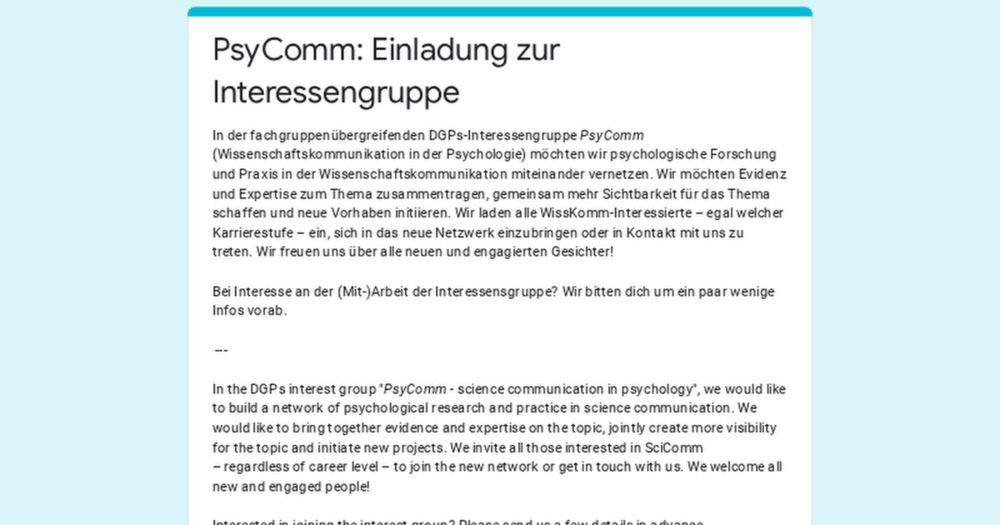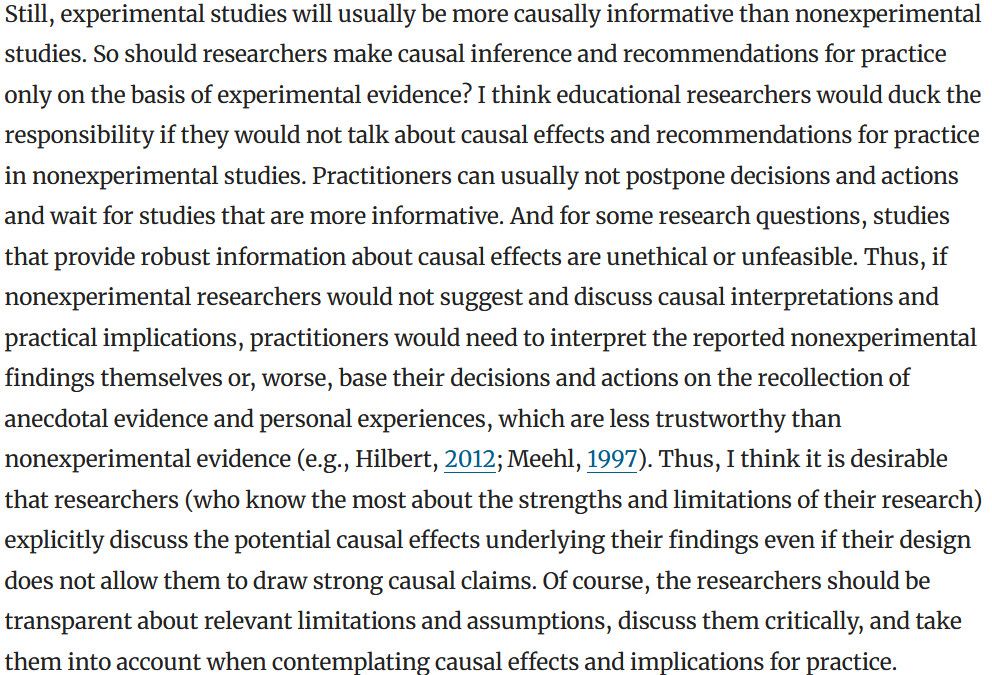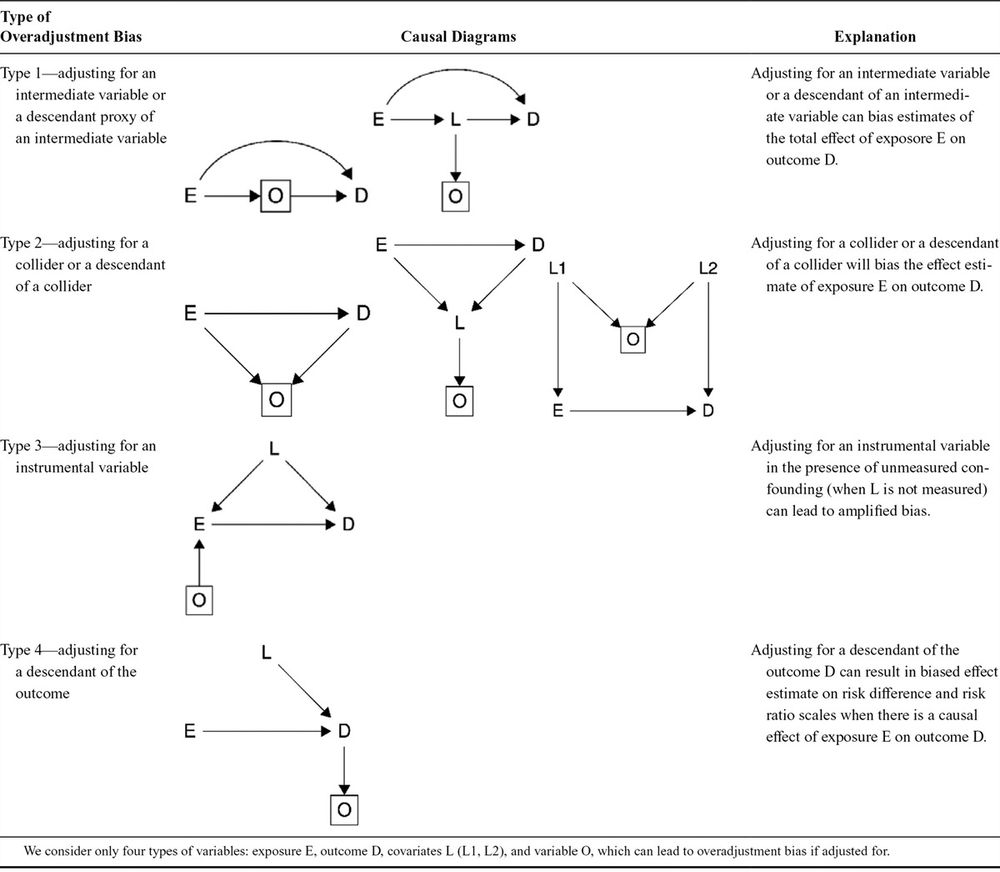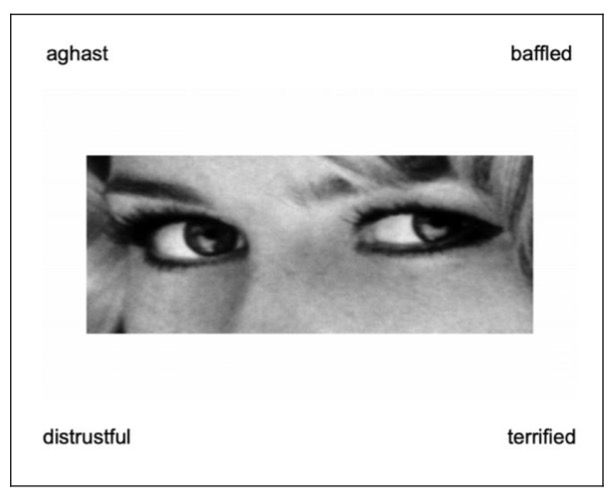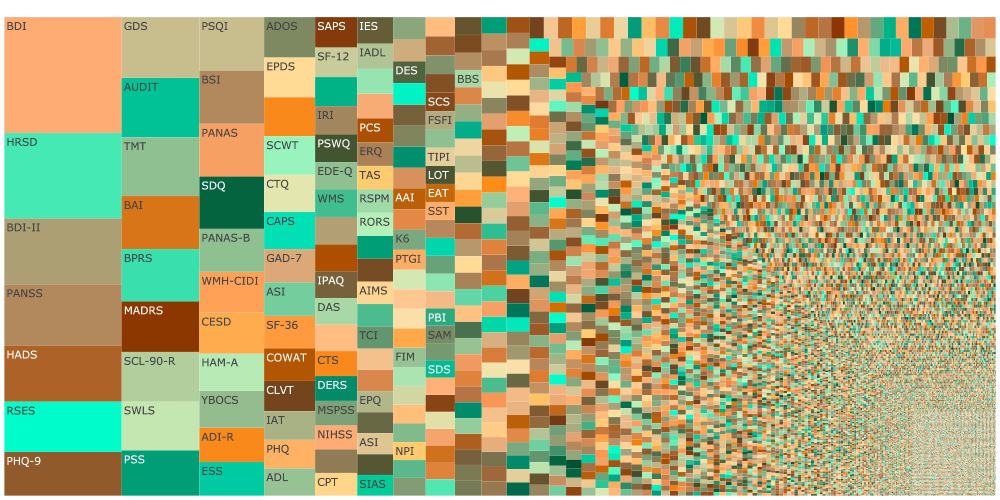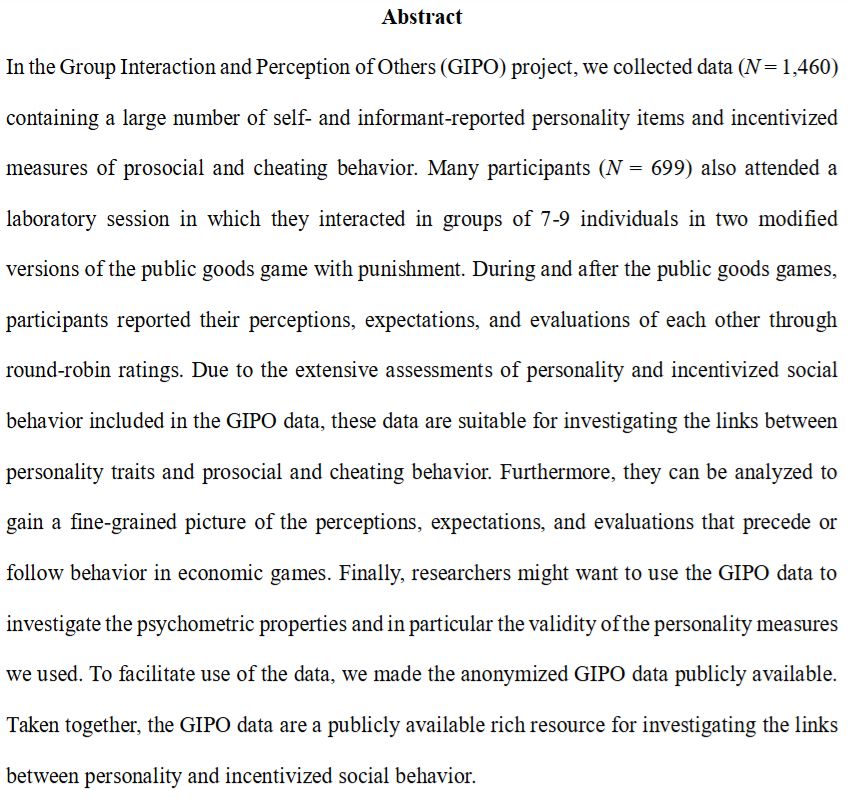Michael P. Grosz
@mp-grosz.bsky.social
1.2K followers
650 following
38 posts
Professor of Psychological Assessment at HMU Health & Medical University Potsdam (Germany). Research interests: personality, social status & causal inference
Posts
Media
Videos
Starter Packs
Pinned
Reposted by Michael P. Grosz
Michael P. Grosz
@mp-grosz.bsky.social
· Aug 22
Assessing the ABCDs of Machiavellianism: Development and Validation of the M4 Scale Using Ant Colony Optimization
Machiavellianism (Mach) is a personality trait characterized by cold rationality, cynicism, duplicity, and the strategic and egotistical pursuit of goals. Despite recent advances in the measurement of...
doi.org
Reposted by Michael P. Grosz
Reposted by Michael P. Grosz
Reposted by Michael P. Grosz
Reposted by Michael P. Grosz
Michael P. Grosz
@mp-grosz.bsky.social
· May 19
Michael P. Grosz
@mp-grosz.bsky.social
· May 16
Reposted by Michael P. Grosz
Reposted by Michael P. Grosz
Michael P. Grosz
@mp-grosz.bsky.social
· Apr 23
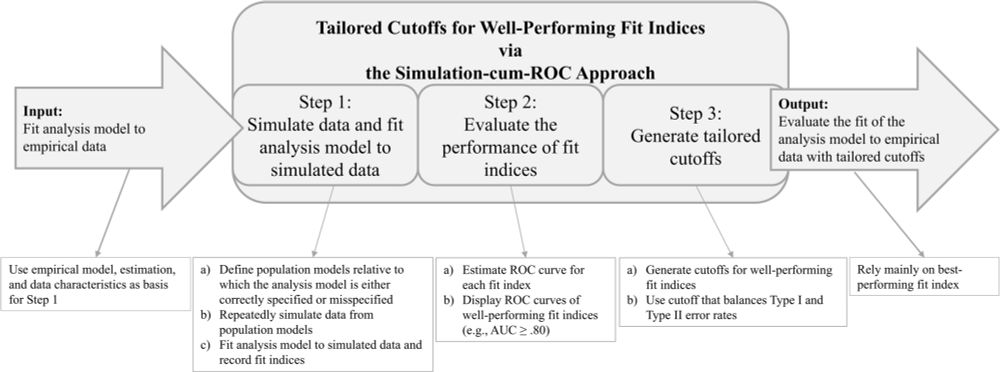
The simulation-cum-ROC approach: A new approach to generate tailored cutoffs for fit indices through simulation and ROC analysis - Behavior Research Methods
To evaluate model fit in structural equation modeling, researchers commonly compare fit indices against fixed cutoff values (e.g., CFI ≥ .950). However, methodologists have cautioned against overgener...
link.springer.com
Michael P. Grosz
@mp-grosz.bsky.social
· Apr 16
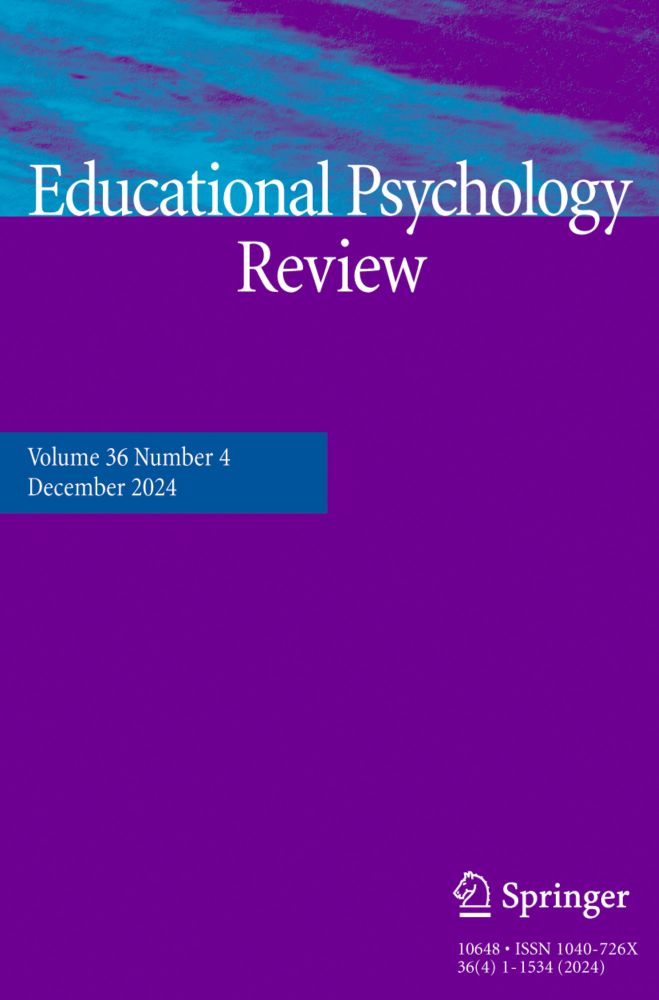
Should researchers make causal inferences and recommendations for practice on the basis of nonexperimental studies? - Educational Psychology Review
Recommendations for practice have become increasingly common in educational psychology articles in recent decades, according to a review by Brady et al. (2023). At the same time, the proportion of experimental studies has decreased. This led Brady et al. to warn against under-supported recommendations for practice. Researchers who read their article might get the impression that evidence from experimental studies is the only acceptable basis for practice recommendations. In the current commentary, I argue that both experimental and nonexperimental designs can inform us to some degree about cause-effect relationships, and that even studies that hardly inform us about causal effects can have practical implications. Thus, in order to enhance the transfer from research to practice, I recommend that educational researchers talk about practical implications in their articles regardless of the design and analysis they used. At the same time, researchers should clearly and transparently communicate the limitations and assumptions of their findings and how they affect the practical implications. Equipping educators, teachers, and policy makers with this information would enable them to make decisions in line with scientific evidence.
link.springer.com
Reposted by Michael P. Grosz
tal yarkoni
@talyarkoni.com
· Apr 15
Reposted by Michael P. Grosz
Michael P. Grosz
@mp-grosz.bsky.social
· Mar 26
Reposted by Michael P. Grosz
